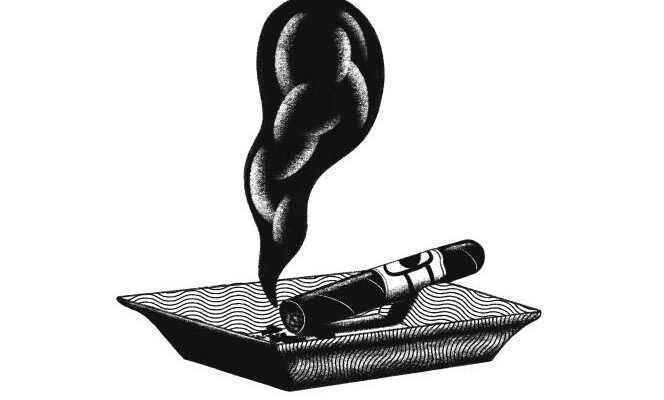Ldictatorships are also entitled to their “soft power”. For Cuba, this was and remains the cigar. Fidel Castro (1926-2016) paid his own way to ensure the promotion of a specialty appreciated worldwide, vital for a faltering economy and export vector of Latin American revolutionary romanticism.
However, it all started badly. The island of Cuba is the Mecca of cigars – on disembarking there, the companions of Christopher Columbus see the Taïnos pull on rolled tobacco leaves – but the departure into exile of the operators after the 1959 revolution disrupts production. The embargo decreed by the United States harms trade opportunities, but when the charismatic figure of the new regime lights up one of his Cohiba Coronas Especiales, it is as if he raised his fist. For years, there will be no photo of Castro without a tan on the lips.
Fidel’s cigar has a name. Derived from the Indian term for tobacco leaves, Cohiba will become a brand. It was the leader of the revolution himself who asked for this guaranteed artisanal and certified revolutionary havana to be produced. First reserved for the nomenklatura, diplomats or leaders of friendly countries, the Cohiba were exported from 1982, and people wanted them.
Castro’s appetite for chair bars (his favorite model measures 15.5 centimeters) inspires dark but futile plans for the CIA, which will consider poisoning his cigars, loading them with explosives or impregnating them with LSD . Faced with these threats, the Cohiba factory takes on the appearance of Fort Knox.
High-end refocusing
Alas, despite the high patronage of the Lider Maximo, the 1980s were difficult. Cuban agriculture is not a model of productivity, bickering arises with the Swiss Zino Davidoff (1906-1994), the main trader of Havana cigars, and tobacco consumption declines. A refocusing on the top of the range will rekindle the flame.
Criticized because of the hardening of his regime, Castro relies on the diplomacy of the cigar. He can count on the leniency of the powerful lobby of Montecristo enthusiasts. In 1999, the American monthly Cigar Aficionadowith a circulation of 320,000 copies, questioned in “one” the merits of maintaining the embargo and affirmed that “the dialogue must begin” with the Castro regime. Even today, the very select Habano Festival brings to Havana each year its share of celebrities and wealthy amateurs who come to participate in auctions of “puros” and charity sales to benefit Cuban social services.
You have 13.97% of this article left to read. The following is for subscribers only.
